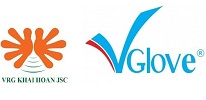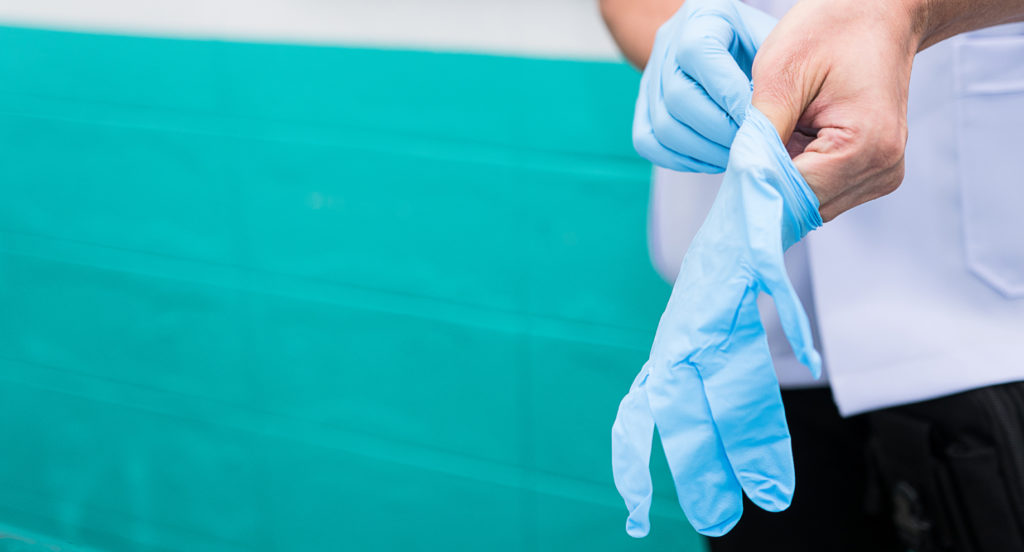Since the start of the coronavirus disease 2019 (COVID-19) pandemic, health care systems across the US have reported substantial personal protective equipment (PPE) shortages, compromising their ability to keep health care professionals safe while treating increasing numbers of patients. Gloves, face masks, N95 respirators, powered air-purifying respirators, eye protection, and gowns are central to transmission-based precautions. Initial delays in COVID-19 testing increased PPE use, further intensifying demand.
Consequently, some health care professionals have resorted to directly sourcing PPE from personal networks. Infection prevention teams across the country have focused on supply conservation with extended use and reuse protocols. These teams have also collaborated with others (engineers, the maker community, local businesses, and community volunteers) to create new forms of PPE, including respirators and eye protection. At the same time, reports suggest there are overseas suppliers with sizable quantities of PPE who want to supply US health care systems, but logistic issues related to quality, payment terms, and air cargo capacity are among the barriers.
The usual PPE supply chain for health care systems works as follows. Sourcing teams select 2 to 3 large, well-established distributors. Health care systems place orders to selected distributors, and supplies are delivered weekly. The distributors in turn buy from manufacturers or, in many instances, contract third parties to manufacture products that the distributors then sell to the health care system. At present, US-based PPE production is limited, and more than 70% of respiratory protection supplies used in the US are manufactured in China. With large spikes in global demand and drastically reduced production in China during early 2020, major distributors have been unable to fill orders. Some health care systems currently face estimated delays of 3 to 6 months for requested supplies.
Meanwhile, new suppliers and intermediaries have emerged in the PPE supply chain. Some health care systems have resorted to purchasing PPE from unvetted sources without the ability to fully evaluate supplier quality—a task traditionally managed by distribution partners. As such, new PPE clearinghouses run by physician volunteer groups are emerging to connect vetted suppliers with health care system needs.
Why are mainstream distributors—with whom health care systems have had trusted relationships for years—not finding and aggregating these fragmented sources of PPE to fulfill demand? These distributors have dedicated teams specializing in supplier quality assessment and due diligence. Distributors also have more cash on hand to provide the payment terms that PPE suppliers now demand. Why haven’t distributors closed this critical gap?
There are 2 potential reasons. First, distributors would rather supply PPE manufactured in their own factories or contract sites than buy from the open market. Second, distributors are unwilling to pay the higher asking price given concerns that they may not be able to recover added costs. Both reasons demonstrate a fundamental break in the routine PPE supply chain, limitations amplified by COVID-19. The frightening reality is that the routine US PPE supply chain was not designed with the primary objective of protecting health care professionals. Rather, it was designed to fulfill demand while focusing on efficiency and price. While this supply chain can fulfill normal demand, it cannot meet unexpected increases that occur during a public health crisis, such as the current COVID-19 outbreak of the 2009 influenza A outbreak.
The Department of Health and Human Services’ Strategic National Stockpile (SNS) and state stockpiles are mechanisms to provide additional PPE in emergencies. Requesting PPE from SNS involves a discussion among local, state, and federal officials through established protocols. Normally, PPE in the SNS can be dispatched from storage locations to the requesting locations within 24 to 36 hours of approval.
Getting adequate PPE allocation from the SNS has been a challenge during the COVID-19 pandemic. First, overall stock in the SNS was much lower than previous estimates of what would be needed to protect health care personnel in the event of a severe influenza pandemic. Second, the lack of transparency regarding PPE and other inventory in the SNS as well as the logic behind the allocation of its limited supplies has hampered credibility.
Teams have demonstrated ingenuity in mitigating current PPE shortages by launching new PPE sourcing initiatives, such as GetUsPPE.org, ProjectN95.com, and Operation Masks; developing volunteer initiatives to reclaim PPE from other uses; working with engineers to use 3-dimensional printers for PPE, and finding new ways to decontaminate and reuse PPE. All of these testify to this resourcefulness. Plans to conserve PPE have also changed care delivery and include the use of electronic consults and virtual visits, extended dwell infusions, and batching or self-administration of medications. However, solving extreme PPE shortages cannot be the primary work of health care professionals and infection prevention teams.
Developing a robust PPE supply chain must be the first order of business for health care administrators, distributors, manufacturers, and government agencies. Health care professionals and infection prevention experts also must actively participate in reshaping the supply chain.
Stockpiles of at least 3.5 billion N95 respirators and 500 million surgical masks should be maintained at federal levels, and additional stock should be held at state and local levels.2,3 A transparent system should routinely report stock, requisitions, depletions, and allocation rules. Furthermore, during a pandemic, PPE supplies from federal and state-level stockpiles, together with commercial supply, should flow seamlessly into health care systems without burdening clinicians and hospital administrators with the complex task of matching PPE supplies from different sources to fulfill demand. Ideally, a PPE supply chain visibility platform would maintain accurate, real-time inventory data held in locations managed by federal and state agencies and distributors. Health care professionals and infection prevention teams, in partnership with medical supply chain management, should collectively develop order orchestration rules that can act as the guiding principle for how different sources of stock would be allocated.
Health care professionals should ask their hospital administrators for a careful re-evaluation of medical supply distributor contracts. Contracts with distributors should have clearly defined service-level clauses for large demand surges. Health care systems should also require distributors to demonstrate supply preparedness plans and geographic diversity in their production base.
Provisions in the Coronavirus Aid, Relief, and Economic Security (CARES) Act could be used to provide the needed financial capital for large-scale PPE supply chain reform, including investment in automated production lines with excess capacity to withstand surges in demand and resolution of information gaps in the medical supply chain with integrated information systems. The time to act on these recommendations is now.


